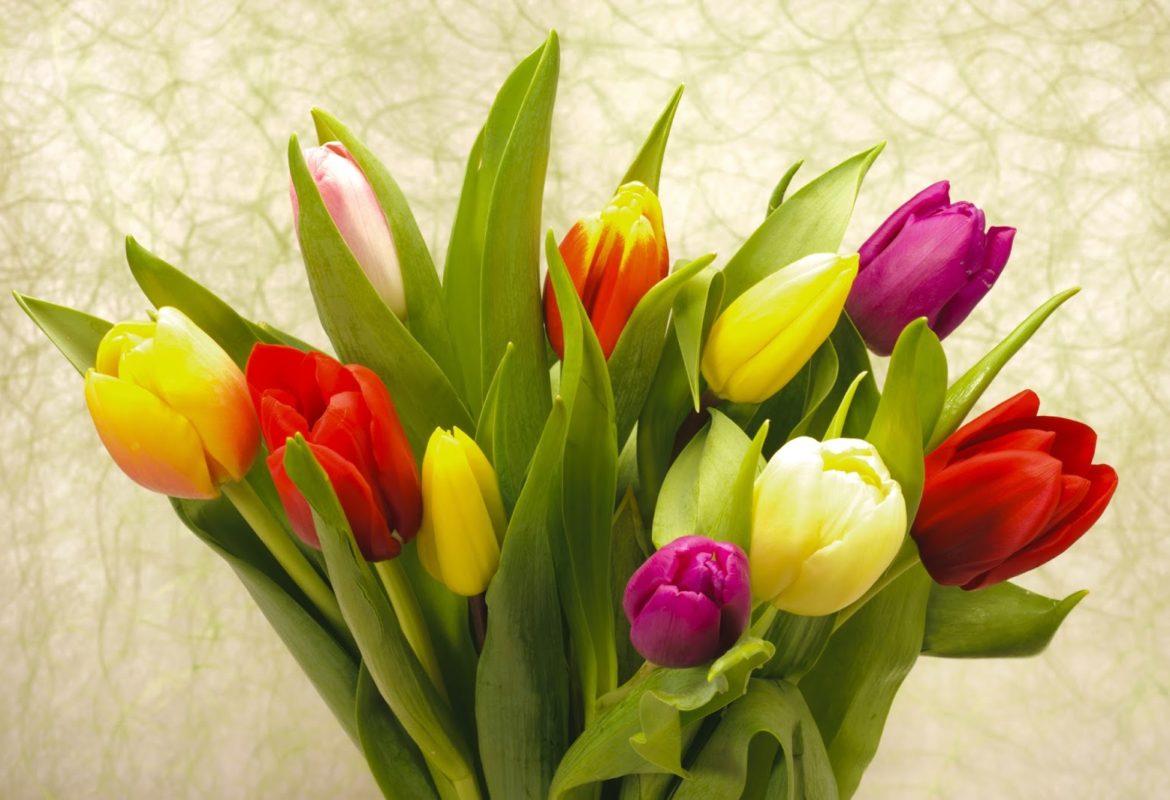Every gardener dreams of spring flowers during the dark days of winter, and looks forward eagerly to the first burst of spring color. Spring arrives at different times depending on where you live, but the sequence of blooms is similar in most places. With that in mind, watch for these favorites in your own garden or in the garden next door.
Spring Flower Options for Late Winter
- Winter Aconite: Also known as Eranthis, these pale yellow blooms might be considered insignificant later in the year, but they are a joyous sight when they push through the snow.
- Witch Hazel: These shrubs add a wonderful touch of yellow in the early spring garden. Some cultivars bloom red.
- Crocus: The earliest varieties, such as Crocus chrysanthus, Crocus sieberi and Crocus tommasinianus, bloom through the snow. These are the small crocus that usually flower in shades of purple or yellow.
Hellebore: These are often known by common names such as Christmas Rose and Lenten Rose in areas with mild winters.
Camellia: This beautiful shrub has lovely blossoms in mild winter climates or early spring in slightly harsher areas. - Snowdrop: This is another early bulb that sometimes blooms even through the snow.
- Chionodoxa: This is commonly called Glory of the Snow. These pale blue flowers bloom as the snow melts.
- Pansy: Cool growers, pansies bloom early and hardy to frost and snow. The will continue to bloom until the weather turns hot.
Flowers for Early Spring Bloom
Early spring brings rain, mud, and more flowers. Look for these favorites.
- Daffodil: The earliest narcissi appear in early spring, especially small cultivars like Tete-a-Tete.
- Iris Reticulata: The large iris are a summer pleasure, but this small beauty is an early spring treasure.
- Forsythia: This bright yellow shrub literally screams “Springtime!”
- Scilla: These small bulbs produce wonderful blue and purple blossoms.
- Anemone: The blanda species produces pale blue and white starry blossoms for the spring garden.
- Pussy Willow: Salix discolor and Salix caprea were standards in many grandmothers’ gardens, but new varieties have larger and more strongly-colored catkins to delight today’s gardeners.
